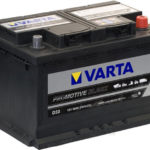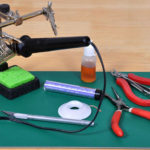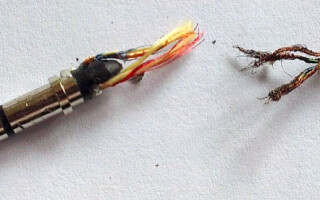All mechanisms break sooner or later, and it is good if the wire from the headphones broke far from the jack (plug). But what to do if the plug broke off, but the wire is intact? Completely replace the headset? And if the headphones are expensive? There is a way out! After reading this article, the reader will learn how to repair headphones in any condition by himself, and it does not matter if he knows how to solder or not.
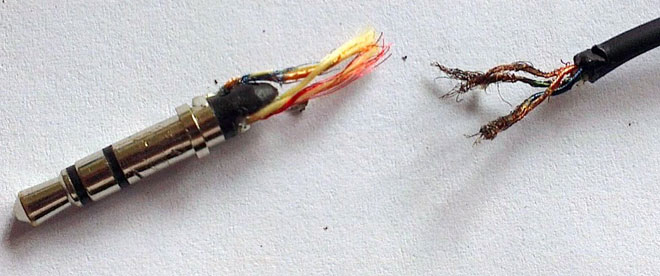
Contents
Why do headphones break?
The main reason is the "factory settings". Each model is designed for a certain lifespan. Good headphones are not the ones that don't break, they are the ones that are bought all the time. So if your favorite pair breaks, don't blame yourself. It's all the shenanigans of greedy manufacturers and twisted engineers who prey on unhappy customers.
Expensive headphones last longer, but they also break. Their price is not only due to quality. Premium equipment costs as much as consumers are willing to pay for it.
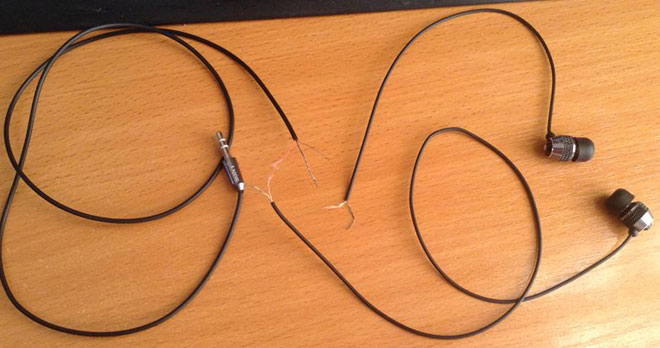
Headphone wire colors
- Most headphones have only two pairs of wires, one for the left and one for the right channel.
- If the headphones have three wires - it is the left, right and a common one - the master controller, which controls the volume of both channels.
- If there are 4 pairs, that's left, right and ground for each.
- Five wires are left, right, ground for each and a microphone channel.
Of course, there are other options (such as headphones with a microphone and one speaker), but the vast majority of models are set up exactly as described above.
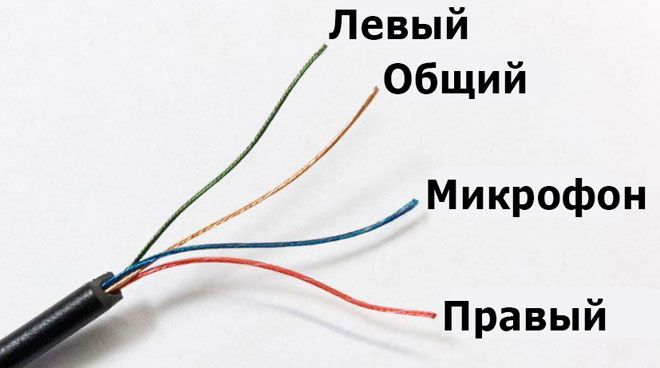
The wires are usually twin, that is, the wire with the "ground" contains an additional layer of insulation.
The left channel is green by default, and the right channel is red.
In some models of headphones, the plug is marked (L (left), R (right), S (stereo), M (microphone). The contacts for the ground are not marked additionally. If there are no pin designations, you should look closely to see if there are any remnants of the corresponding color plastic wrap on the plug body. It is very rare for the wires to come out completely.
What does sound in headphones consist of?
The many wires are channels, each of which outputs specific frequency band content to the master bus in the speaker ( in the one you put in your ear). So it is clear that damaging at least one of these cores completely cuts out the frequency range it is responsible for. So why can't it be heard?
It's about two things:
- The stereo;
- the other strands.
If one frequency is missing on the left, it will be heard on the right. In addition, when the frequency that the channel was terminated for loses it, the remaining signal is passed through the other strands.Thus, the total load on the sound increases. It begins to clip and overload. Why do cheap headphones for 30 rubles sound so bad? The number of residents there is minimal and there is no way they can pull modern music. What to say, even radio broadcasts are hardly broadcast.
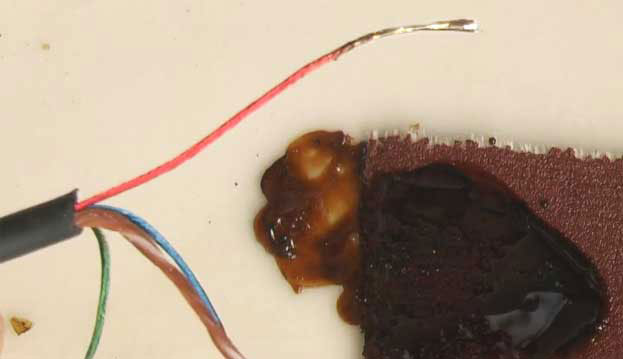
As for grounding, everything is simpler there. As long as at least one wire is functioning, it is there. But as long as it gets frayed, the sound will change.
This factor is the reason why contacts are wired, and not stripped with a paper knife.
A good example of frequency loss is an audio splitter. A device which divides one headphone input into two. Not only the volume drops, but also the frequency range. The sound stops "pumping", it becomes quiet and flat, the dynamics is lost. All for the same reason. The number of wires remains the same, but the number of outputs has doubled.
How to strengthen the headphone wire
The easiest way is to make an additional winding, especially in the place where the wires connect to the plug. This is where the wires are most often frayed. Soviet headphones were made of thick copper strands that were difficult to cut. Today's cheap headphones have extremely thin strands that can be cut.
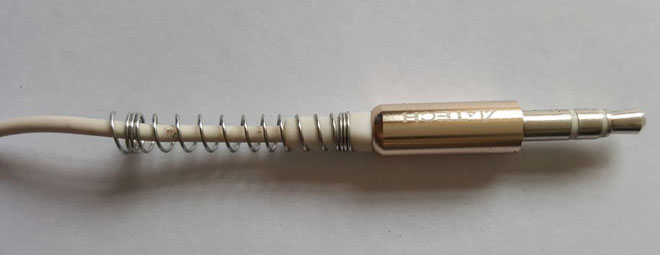
On the more expensive models, you may notice a reinforced fiber at the bend of the wire or a thicker elastic layer. This protection will ensure that the wires deform smoothly and save them from tearing off.
Historical Background
The first models of studio headphones had reinforced wires. Producers and recording engineers couldn't afford to miss a moment during a performance, so they wrapped an extra layer of insulation around the wires. The same was done with the microphones. If you look at photos of pop music concerts (especially rock music) at the end of the 20th century - you can see a solid layer of winding on microphones. Today's music industry is moving to wireless and soon there will simply be no need to fix plugs.
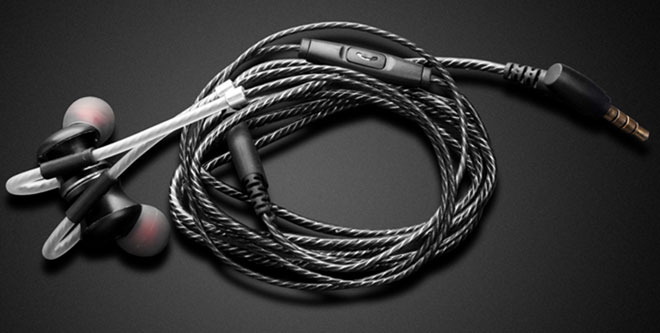
Also, you can treat the wire with a layer of paint or varnish, which will save the headphones from overcooling. You may notice that in the cold season, headphones harden and the chance of damaging the wires is much greater than in the summer. Both too low and too high temperatures can cause the accessory to break.
TIP! Don't let the wire get tangled on its own. Tangle it intentionally! Twist it so that there are no kinks. This way, it won't twist or get caught in a knot.
Shorten it. The longer the wire, the more chance it will tear or fray at some point. A short wire won't get tangled and will provide comfort and ease of use.
Another good and creative way to strengthen and reinforce the wire is to braid it with sewing thread. This method will not only protect the headphones, but also make them unique by coloring them with unusual patterns or patterns. In the cold season, they will be protected from frost and definitely will not crack.
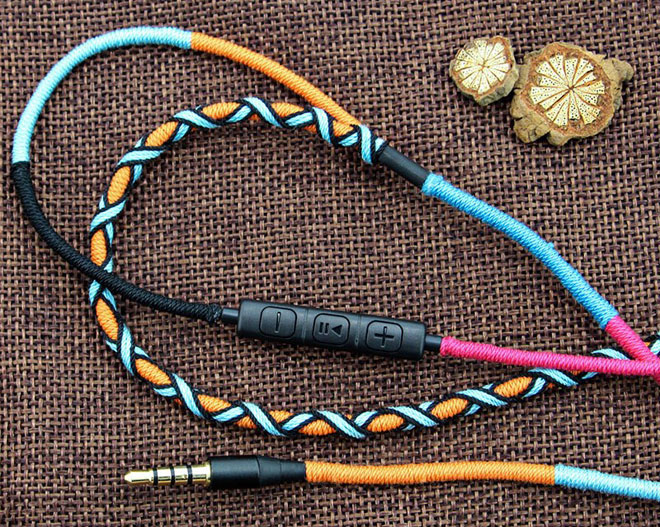
How to connect the wires to the plug?
Immediately note that the wires can simply be twisted, but to get a really strong and high quality connection, the wires need to be soldered. In fact, there is nothing complicated about the procedure.
Tools and supplies:
- soldering iron (any);
- solder and rosin;
- clean plug (3.5 mm jack);
- duct tape;
- scissors;
- a paper knife.
TIP! Pay attention to the number of segments on the plug. It must coincide with the number on the old, otherwise part of the frequency range will be cut out.
Algorithm of action:
- Carefully cut the wire across so that both strands are the same length.
- Cut it lengthwise, dividing it into two wires. Do not damage the winding of the pair, as it is an additional protective layer and keeps the accessory from breaking.
- Each wire should be tinned in aspirin (acetylsalicylic acid). It is not necessary to deburr with a knife, as the thin wires will be damaged and will break sooner or later
- Push the wires onto the appropriate pins on the plug.
- Solder, using a small amount of tin. It is better if they do not touch each other, so as not to provoke a frequency conflict.
- Insulate the layer using electrical tape.
- Do the same for the other contacts.
- Wrap the resulting connection with several layers of duct tape and put on a reinforced layer. If such is not available, you can use an ordinary wire made of aluminum or copper, and then wrap it with electrical tape again.
If everything is done correctly, the headphones will sound like before. If you hear sagging volume/depth/brightness of the sound, one of the points is not correct or the contact is partially or completely broken.

Do not use cheap solder, because the resistance of the tin will not allow to transmit the entire frequency range. The sound will have a clipped top and no EQ will fix it.
Pro tip
- When buying cheap headphones count on a lifetime of one year. Almost no one lives longer than that.
- If you repair an expensive pair you will need a good soldering iron with a thin nozzle so as not to fill everything around with solder.
- Copper, silver, gold are all clearly better than tin. You need good materials for good sound.
- Reinforcing your headphones is a great way to extend their lifespan.
- You can tin the contacts with more than just aspirin. There are many ways. If the reader is repairing expensive studio headphones - you can tin them with a knife, as the thickness of the copper will allow it.
Conclusion
We hope that this article dotted all the "i"'s, told the reader how the headset is designed, suggested how to fix it yourself. Let's run through the main points of the article:
- you can practice on an example of cheap unnecessary headphones, instead of ruining an expensive pair;
- Cheap solder = cheap and shoddy sound;
- absolutely all headphones break, but the difference is the lifespan.
Try twisting the pins before soldering. If the sound goes through - bravely fix it, if not - reconsider the wiring diagram. Take care of your favorite headphones, do not drop them anywhere, do not leave them in the cold and they will serve for a long time without failure. And if the problem has already occurred - our instruction will help to fix everything in a matter of minutes.
Related articles:



